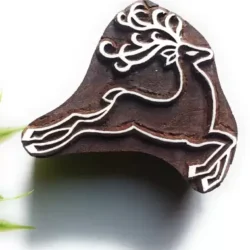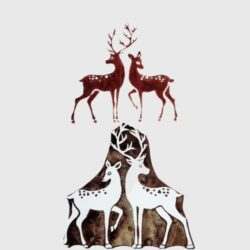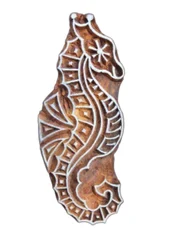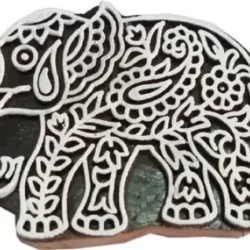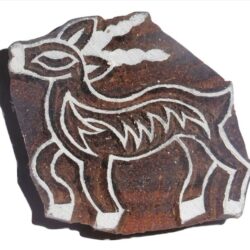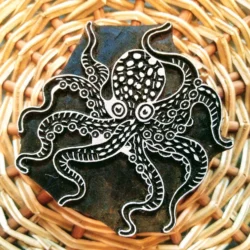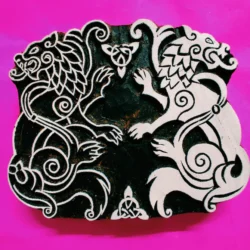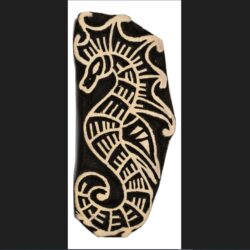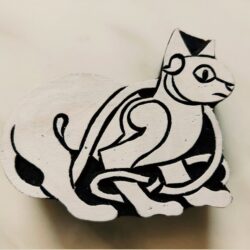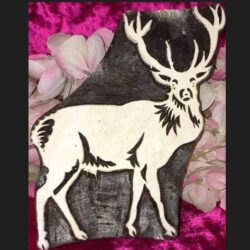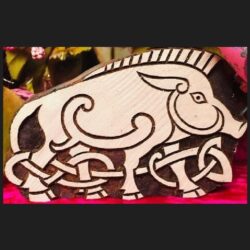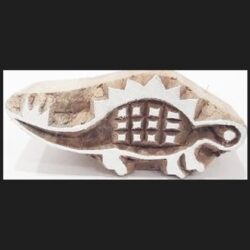Animal Design 1262
$7.00Original price was: $7.00.$4.50Current price is: $4.50.Rated 0 out of 5Add to cart Animal Designs for Block PrintingAnimal Design 1268
$8.00Original price was: $8.00.$5.90Current price is: $5.90.Rated 0 out of 5Add to cart Animal Designs for Block PrintingAnimal Design 1274
$7.50Original price was: $7.50.$5.90Current price is: $5.90.Rated 0 out of 5Add to cart Animal Designs for Block PrintingAnimal Design 1277
$8.50Original price was: $8.50.$6.90Current price is: $6.90.Rated 0 out of 5Add to cart Animal Designs for Block PrintingAnimal Design 1308
$3.90Original price was: $3.90.$2.90Current price is: $2.90.Rated 0 out of 5Add to cart Animal Designs for Block PrintingAnimal Design 1311
$9.00Original price was: $9.00.$6.90Current price is: $6.90.Rated 0 out of 5Add to cart Animal Designs for Block PrintingAnimal Design 1351
$14.50Original price was: $14.50.$10.90Current price is: $10.90.Rated 0 out of 5Add to cart Animal Designs for Block PrintingAnimal Design 1354
$6.00Original price was: $6.00.$4.50Current price is: $4.50.Rated 0 out of 5Add to cart Animal Designs for Block PrintingAnimal Design 1375
$8.00Original price was: $8.00.$6.50Current price is: $6.50.Rated 0 out of 5Add to cart Animal Designs for Block PrintingAnimal Design 1377
$10.00Original price was: $10.00.$7.90Current price is: $7.90.Rated 0 out of 5Add to cart Animal Designs for Block PrintingAnimal Design 1382
$8.00Original price was: $8.00.$6.50Current price is: $6.50.Rated 0 out of 5Add to cart Animal Designs for Block PrintingAnimal Design 1391
$6.00Original price was: $6.00.$3.50Current price is: $3.50.Rated 0 out of 5Add to cart Animal Designs for Block Printing
Shopping Cart

